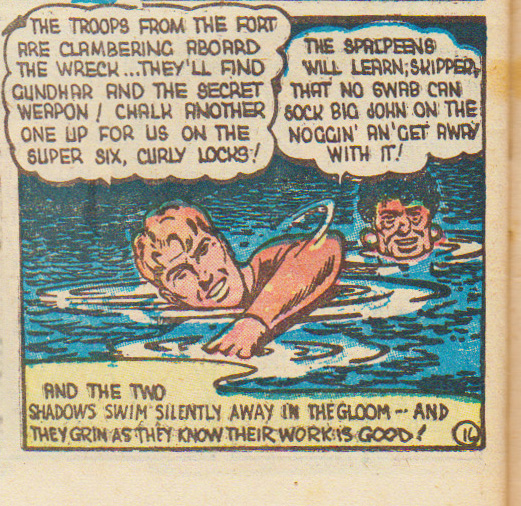
WECA’s Final Issues
Those last few months of 1946, those last few months of the WECA period, and what happened to each of the titles that were still being put out are still very murky. Not one of the issues that we now…

Discussing the minutiae of comic book collecting.

Discussing the minutiae of comic book collecting.

Those last few months of 1946, those last few months of the WECA period, and what happened to each of the titles that were still being put out are still very murky. Not one of the issues that we now…
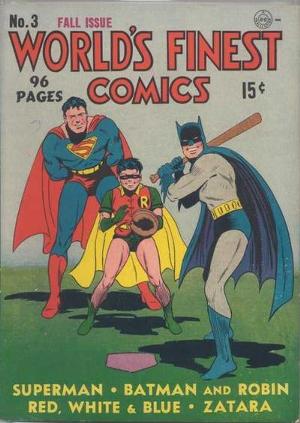
World’s Finest Comics #3, DC Comics, Fall 1941 Two separate incidences led me to zero in on this book. First was the strong result realized by Wonder Woman #6 in a recent ComicLink auction and second was the strong results…
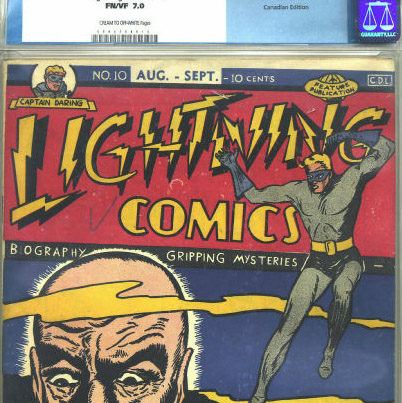
When we think of Canadian war-time comic publishing companies, we usually think of the “Big Four”: Maple Leaf Publications, Anglo-American Publications, Bell Features, and Educational Projects with Adrian Dingle’s Hillborough Studio run of Triumph-Adventure Comics appended to Cy Bell’s books.…
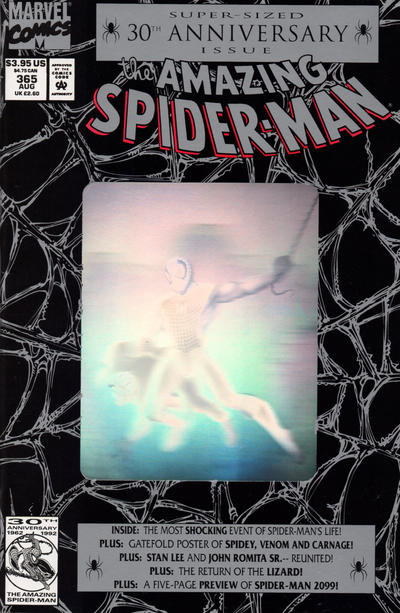
Amazing Spider-Man #365, Marvel Comics, August 1992 This week I’m featuring a comic that many collectors of my generation tend to overlook. It’s also a book not high up the want lists of younger collectors. I think we’ve got Amazing…
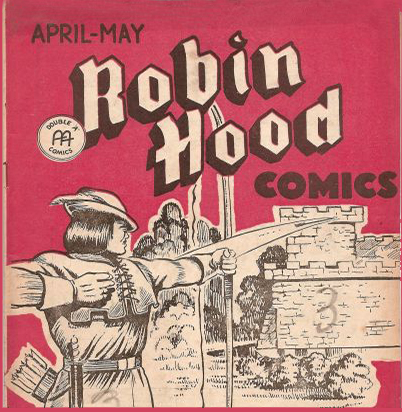
For me those comics that so many people affectionately call the “Canadian Whites” fall into a specific window whose most convenient frame is a single run of comics: Robin Hood Comics Vol. 1 No. 1 (March, 1941) to Robin Hood Comics Vol. 3 No. 34 (Dec. 1946-Jan. 1947). This is what II'vecome to term the WECA era because it was initiated by the War Exchange Conservation Act (WECA) passed Dec. 6, 1940 and came to an end as the provisions of this Act were repealed.
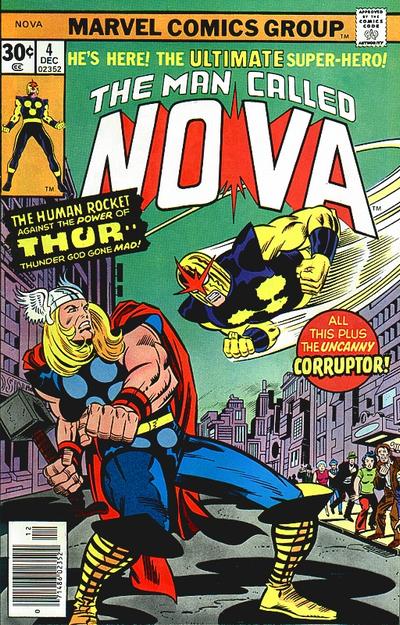
Nova #4, Marvel Comics, December 1976 For this week’s Undervalued Spotlight I’d like to go with a book that gives us a new villain, has great eye appeal, won’t break the budget and tracking one down won’t be like finding…

In this post I want to discuss three WECA firsts starting with a curiosity I take to be one of the first “horror type” stories in comics. “Grim Tales” was a brief two-story run in Wow Comics No. 12 (Jan.-Feb. 1943) and No. 13 (March-April 1943) by Don McKague (my dates for Bell books are all extrapolated estimates, since they stopped listing them in the indicia after the first early issues of their titles). For me, these two stories foreshadow the first true horror comics of the late forties and the horror boom that started with E. C. comics in 1950.
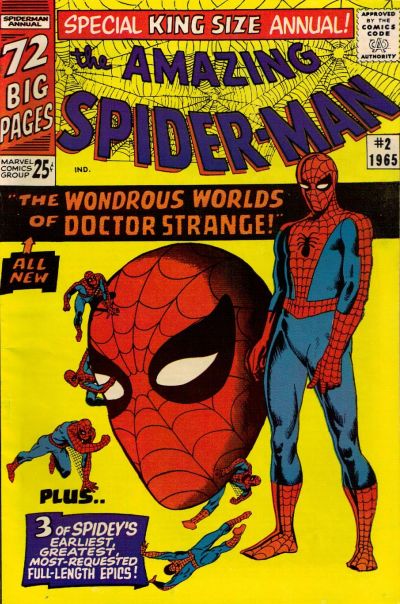
Amazing Spider-Man Annual #2, Marvel Comics, 1965 Mike Huddleston’s great post on the Fantastic Four Annuals got me to thinking how much we neglect Annuals. Is it that Annuals reprint stories collectors already have? That’s probably a big part of…
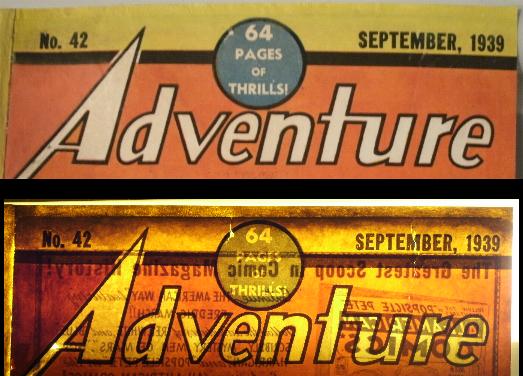
A few things a collector can look for when trying to detect if any pieces have been replaced.

On one of my research visits to Gerry Lazare and his wife Setsuko, Gerry said that he had recently received a phone call from someone who had written him a fan letter 40 years ago. Gerry said that the man’s…
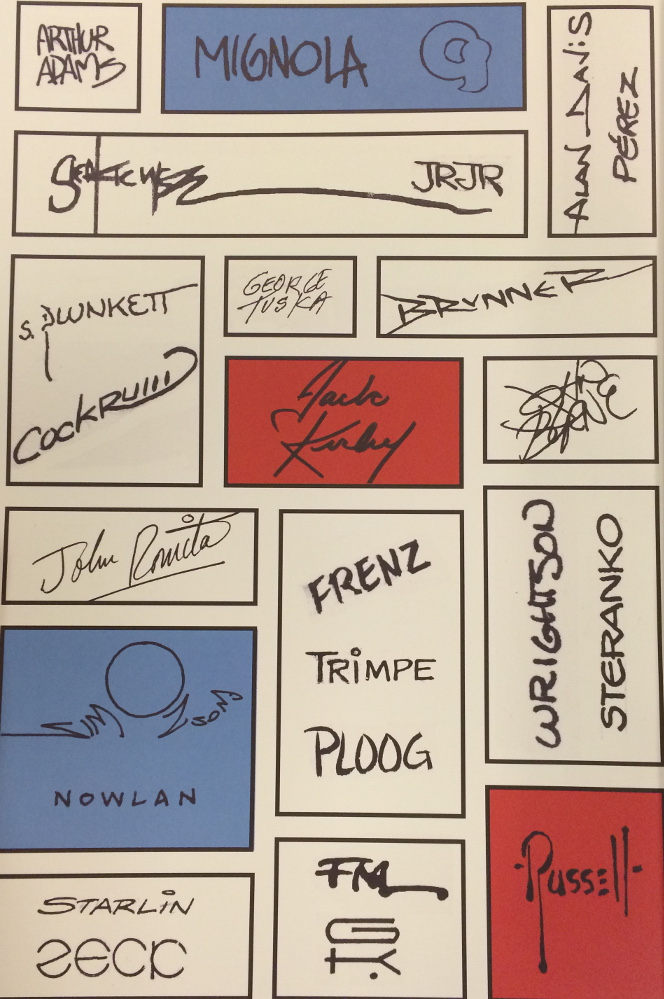
Being a fan of the artist's edition line from IDW and all the other publishers that have followed, releasing books in the same format, I've started an index of all current and solicited volumes. Please use it as a reference and let me know what other information you'd like to see listed. I own most of these so it's been fairly easy to collect the information, but as more publishers join in information will have to be gathered from solicitations and online reviews.
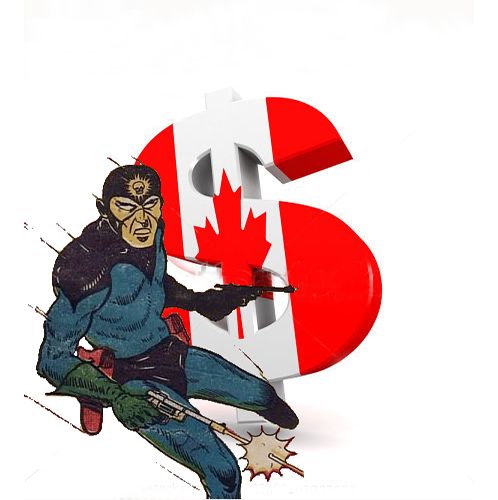
My question is, does the scarcity of WECA comics put them in a universe of their own when it comes to determining their fair market value? These books are still somewhat impenetrable for the majority of collectors and maybe an accurate price guide can’t be set down because of the lack of available sales data. I don’t subscribe to GPA so I don’t know if there is any data on sales of some of the slabbed WECA books, but so far this year I have seen about 130 of these books change hands on line, but this unusually high number of WECA books made available in a single year was chiefly due to the 100 or so books offered in the February and March ComicLink (CLINK) auctions. The usual number of books exchanged on line per year is probably below 50. I suspect that most WECA books never reach the online market and are exchanged between collectors, or dealers and collectors hand to hand—or they are discovered when collections come to light from across the country when a collector digs extra hard and uncovers one.
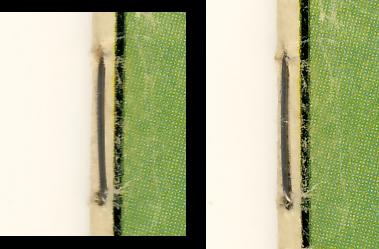
A book might have its staples restored – either through cleaning or outright replacement.
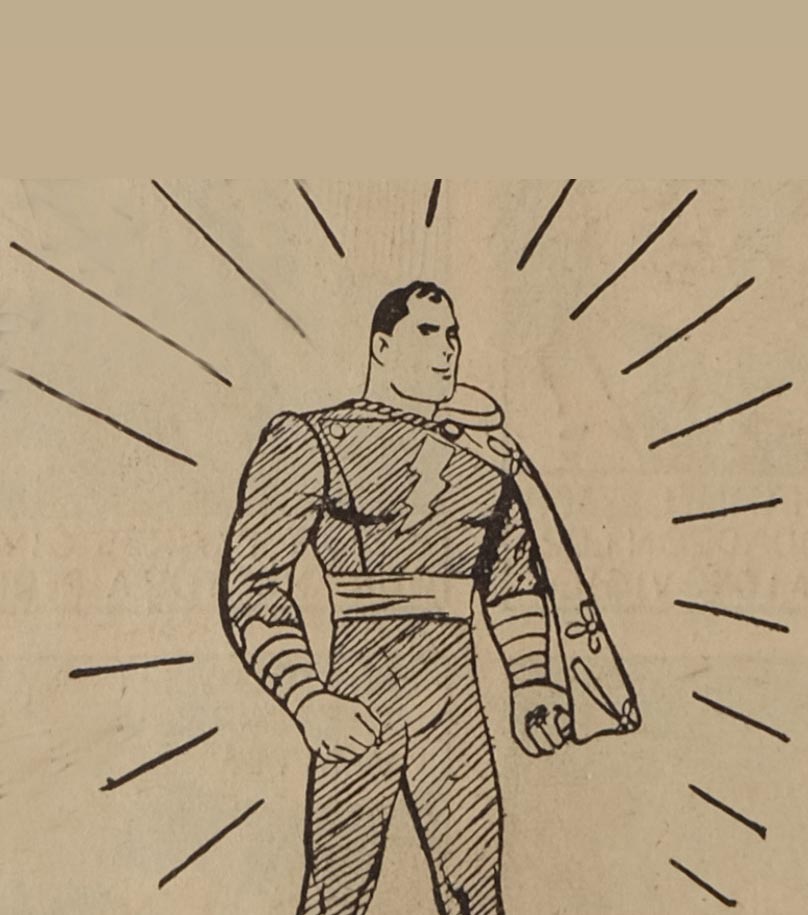
In the summer of that year Anglo-American put out Freelance Comics No. 1 (July/August) and then just after that Grand Slam Comics No. 1 (Sept./Oct.) and then Three Aces Comics No. 1 (Nov./Dec. 1941). This rounded off that first year for Anglo-American with all original Canadian material and characters such as Freelance, The Crusaders, Pat the Air Cadet, and Don Shield. At this point, however, Anglo-American decided to veer off this Canadian path and contract with Fawcett in the States, not to reprint their superhero stories, but to use their scripts for redraws. Of course, government acts prevented them from reprinting American comics outright (reprints weren’t really legalized until the war was over) in Canada, but not from drawing their own versions of the Fawcett scripted stories.
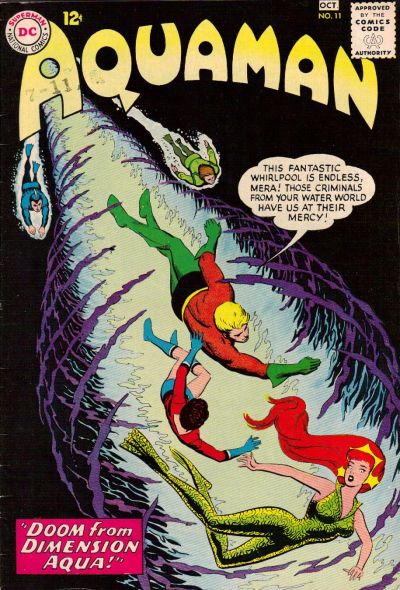
Aquaman #11, DC Comics, September 1963 Recently I was lucky enough to pick up a nice run of 1960s Aquaman, there were strong copies of #1, #3, #4, #5, #8, #10 and #13. As I was pricing out the issues…

A fast-paced story now translated into English, Titan Comics' Void sets a new bar for graphic novel thrillers and is a must for fans of Sean Phillips.
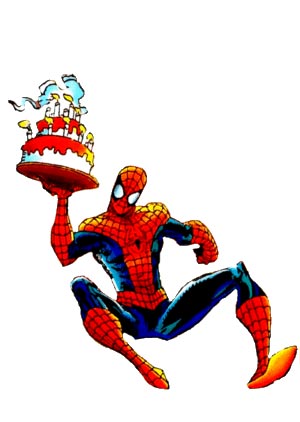
This third week in September is quite a significant week for WECA book fans. This past Saturday night I attended the Shuster Awards for the first time and served as a presenter for the induction of former Hamiltonian Edmond Good into the Canadian Comic Book Creator Hall of Fame. He and publisher of Bell Features books, Cy Bell, were the two WECA era inductees this year. In the past few years it has we have inducted two creators from the Canadian Golden Age and one more recent creator—this year well deserving Ty Templeton. One oversight that I think needs to be corrected is that a female WECA artist has yet to be inducted (top of my list is Doris Slater with Shirley Fortune not too far behind). You can see all the winners at the Shusters web site and read Scott VanderPloeg’s report here.
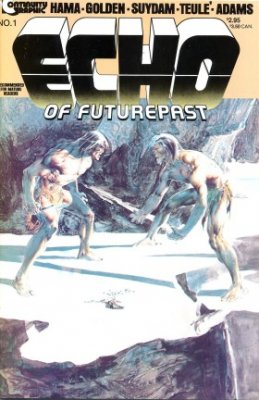
Echo of Futurepast #1, Pacific Comics, May 1984 This week the Undervalued Spotlight features a submission from guest writer Jonathan Winchester. Jonathan picks a beauty from that Copper Age of comics I love so much. There are so many undervalued…
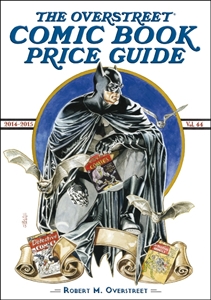
The 44th edition of the Overstreet Comic Book Price Guide came out several weeks back and I’d like to take this a bit tardy opportunity to chime in with some thoughts.
For comic book collectors the Overstreet Comic Book Price Guide is the one resource that is needed above all others. It remains the “Bible” of collecting.
I’ve done a few comic cons this year and I’m happy to report that I see the Guide carried around by lots of collectors, those that don’t carry one often ask me if they could look at a guide while considering a purchase.
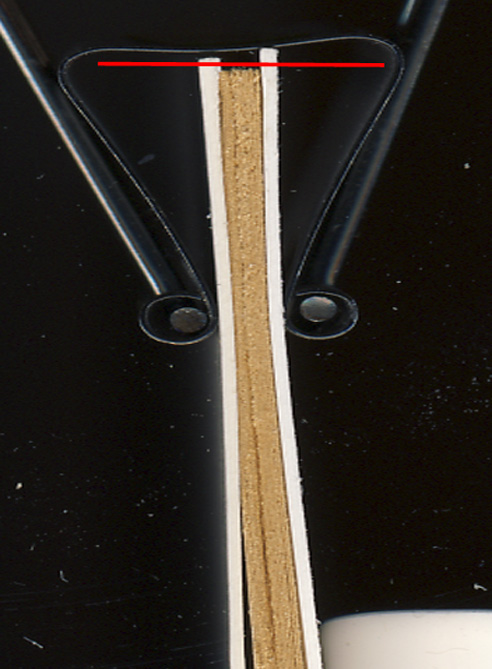
Trimming is easily the most difficult form of restoration to detect, at least with any degree of certainty.